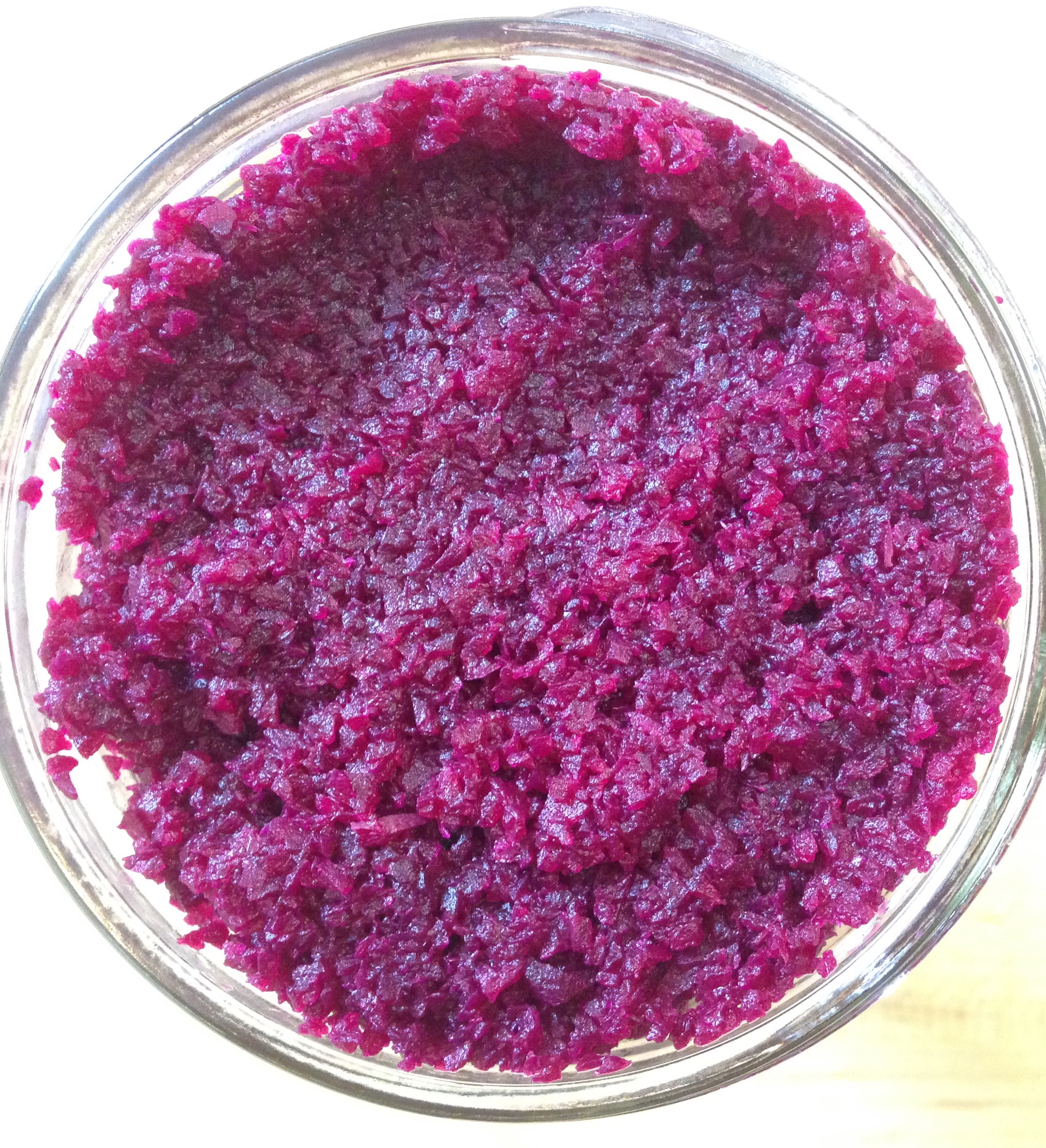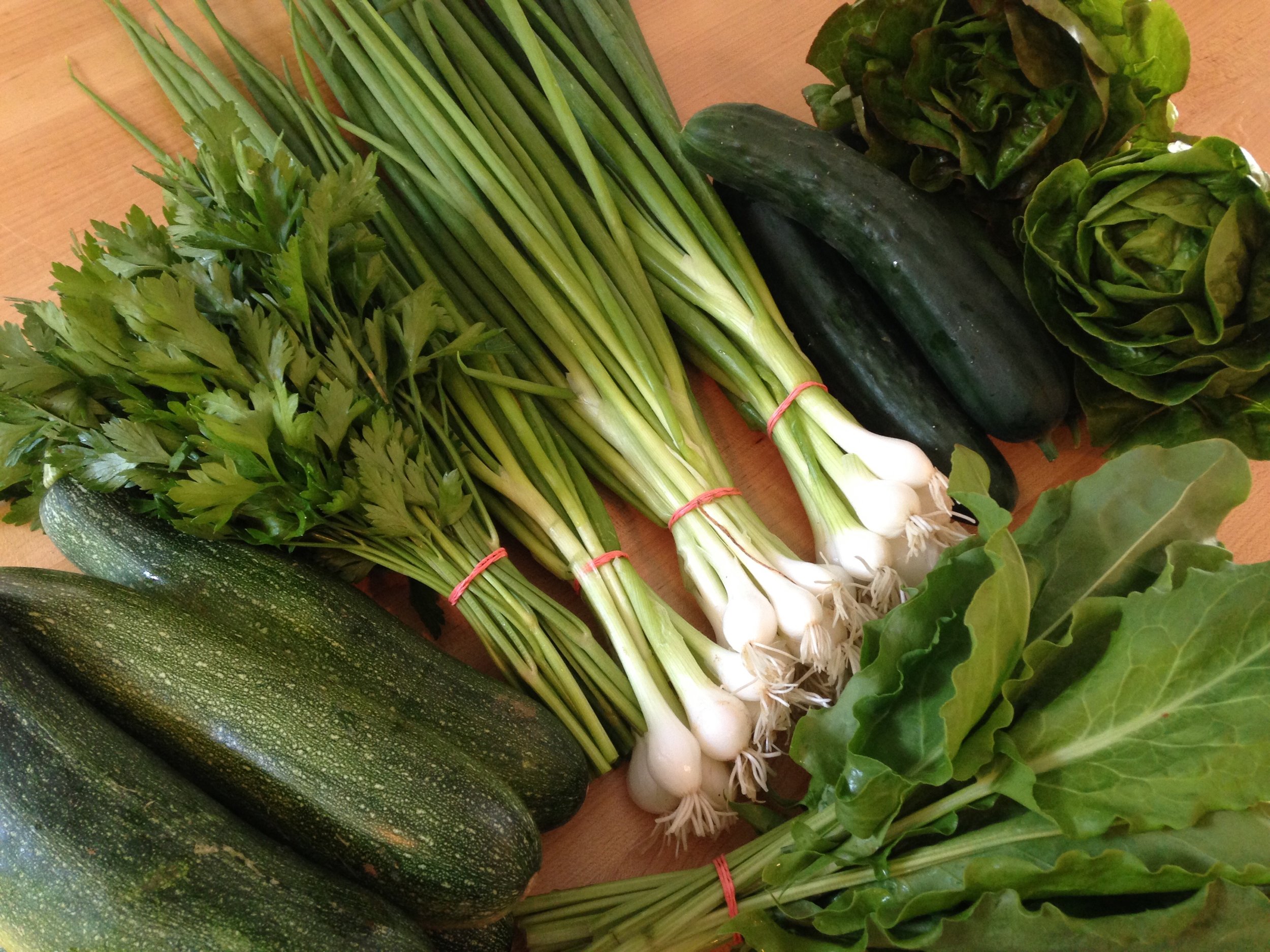
Reclaim your power to heal yourself:
Most modern-day health issues and symptoms can be reduced, resolved, or put into remission with a change in diet. This is achieved not only by REMOVING problematic foods but also by ADDING in the right health-supportive ones.
Bone broth: the first fundamental of a health-supportive diet.
Traditional cultures simmered or ground down the bones of animals for their valuable mineral content. Bone broths are the easiest and most delicious way to gain these benefits, along with gelatin for joints and skin, plentiful free amino acids, and hydrophilic colloids for enhancing digestion. Using bones for broth is an important aspect of nose-to-tail eating, a practice which respects and cherishes the value in each part of the animal.
Read why ours is still the best.

Four easy ways for you and your family to consume bone broth daily:
as a hot beverage
in soups and stews (OWC soups are all made with bone broth)
for cooking grains and beans (replace water with bone broth)
put chilled or lukewarm broth in baby bottles and sippy cups
Fermented veggies: the second fundamental of a health-supportive diet.
Think raw is the way to go for optimal nutrition? Fermented vegetables have much higher levels of enzymes and vitamins than their raw counterparts, plus the powerful benefit of probiotics. The fermenting process (time + salt + a sealed environment) allows the naturally-occurring lactobacilli present on all living things to use the sugars in the veggies for food and multiply dramatically. There are more beneficial live organisms in one jar of properly-fermented veggies than in an entire bottle of probiotics! Ferments enhance digestion of protein and fats which is why they are traditionally consumed as part of a protein-rich meal.

But what do they taste like?
Chances are you’ve had ferments many times! Kimchi, pickles, and sauerkraut are three of the most familiar to the American palate. True probiotic ferments require refrigeration and do not contain vinegar, which kills beneficial bacteria. Our ferments are pleasantly sour, tangy, and salty. The mildest in flavor are green cabbage mix, green beans, kohlrabi, pink cabbage with apples, and carrots with garlic, while our wide variety of radish ferments pack more of a punch.
Enjoy a few tablespoons with each protein-rich meal, and serve the liquid brine in 1-2 oz servings as a tasty tonic to enhance and soothe digestion.
Grains: good or bad?
We advocate conscious consumption of grains which is why you won’t find many grain options on our menu, and those we do use are fermented or soaked/sprouted. Grains and grain-like seeds (which include wheat, rice, corn, millet, buckwheat, quinoa, amaranth, spelt, rye, barley, and teff) are a potent source of anti-nutrients which, if not properly prepared, can cause considerable issues for the human body. Many people connect eating grains with bloating, weight gain, brain fog, inflammation, joint pain, increased allergies, digestive issues, sluggishness, and even depression. While going gluten-free (avoiding wheat, barley, rye, and spelt) can help many of these issues, some individuals need to further reduce grain consumption, even those that are properly prepared.

What to eat instead?
green (unripe) and yellow (ripe) plantains
carb-rich veggies like sweet potatoes, winter squash, green peas, parsnips, and Jerusalem artichokes
baked items made from grain-free flour: cassava, arrowroot, tigernut, coconut, and almond
pasta that is not made from grains (we like red lentil pasta and zucchini noodles)
emphasize all sorts of vegetables, high-quality protein, and nourishing fats to reduce your dependency on having lots of carbs at each meal
Nourishing fats: the third fundamental of a health-supportive diet.
Did you know that babies and children need more calories from fat than from protein? The right kinds of fats provide incredible nourishment and are essential for growth, energy, mental function, healthy digestion, and hormone balancing. They also contain valuable nutrients and provide a feeling of fullness or satiation that quells sugar cravings. Traditional fats for cooking (safe at medium-high temperatures) include ghee (clarified butter), poultry fat (chicken, goose, duck), beef tallow, pork lard, and refined coconut oil. Butter, raw virgin coconut oil, and extra-virgin olive oil are best added after cooking to retain their nutritional content.

Benefits of using traditional fats:
coconut oil: antiviral, antimicrobial, a special source of immune-boosting lauric acid (found also in breastmilk)
beef tallow: when obtained from grass-fed/grass-finished cattle it boasts high levels of omega-3s and CLA for preventing cancer
pork lard: mostly monounsaturated, a great source of vitamin D from pigs raised outdoors exposed to sunlight
ghee/butter: contains Activator X, found by Weston Price to be a powerful catalyst that helps the body absorb and utilize minerals
using these fats allows us to avoid the rancid and damaging processed vegetable oils that are used so widely in restaurants and home kitchens
Protein: the building block of life
High-quality protein contains all the essential amino acids the human body needs, typically only available from animal sources. Depending on blood type, activity level, age, and ethnic background, you may require more or less high-quality protein in your daily diet, but a good rule of thumb for most adults is 20-30 grams at each meal. Insufficient protein can lead to fatigue, irritability, edema (fluid retention), muscle loss, and strong cravings for unhealthy foods. Rather than denying or neglecting your body’s needs, focus on choosing wisely and responsibly.

What to look for:
wild-caught seafood, including shellfish
grass-fed/grass-finished beef, buffalo, lamb, elk, etc.
meat and eggs from pasture-raised chickens (we use only soy-free eggs to minimize the estrogens that could be present from soy feed)
pork from pigs raised outdoors on pasture, with access to grass and plenty of sun
all livestock should be free of antibiotics, feed containing GMOs, herbicides or pesticides used on their pasture or forage (an organic label will ensure these standards are followed, but does not indicate grass or pasture fed)
buy direct from farms and farmers’ markets so you can find out how the animals are raised. To order online visit USWellnessMeats.com
Veggies & greens
Now that you have your fat and protein figured out it’s time to turn to vegetables and greens, the critical foods needed to provide cleansing and detoxification while also serving as nourishment for the beneficial microorganisms in your digestive tract. Fresh greens and vegetables in all the colors of the rainbow, served raw or cooked as needed for good digestion and enjoyment (not in the form of juices or powders) should be the foundation for each meal. Individuals with chronic digestive issues may have reduced populations of beneficial “bugs” along with an inflamed, irritated, and damaged gut lining. Pay attention to how vegetables affect you and select the ones that work best for your body. Read the book Gut And Psychology Syndrome for more on healing.

When plants cause problems:
Nightshades (potatoes, tomatoes, eggplant, bell peppers, and hot peppers) contain compounds that, when improperly metabolized, can cause joint inflammation, digestive issues, insomnia, arthritis, and even gallbladder problems. The American diet is heavily reliant on nightshades, and many people consume them multiple times each day. If you have chronic health issues this is something to be aware of. Read this article to learn more.
The big dairy dilemma
For people who digest dairy well we recommend ghee, butter, and raw grass-fed cheese as the most nutrient-dense options. Fermented dairy, including kefir and yogurt, can be very beneficial as well, and many people, especially children, will do well with raw cow’s or goat’s milk. Signs of dairy intolerance include digestive issues, eczema, altered mood after consumption, headaches, sinus infections, and increased mucous production though some people only react to pasteurized dairy which contains denatured proteins and is difficult to digest.
Here at the Oliver Weston Company we are very conscious of food intolerances so we generally don’t include it in our recipes; raw cheese is an option on some of our casseroles and in our quiches. We opt for delicious additive-free coconut milk for our recipes that require a rich, creamy flavor. Coconut milk does not contain the phytic acid and enzyme inhibitors found in nut milks, or the high levels of estrogen found in soy milk.

How to obtain healthy raw dairy from grass-fed cows:
In CT raw milk is available in health food stores. In NJ sales are entirely illegal. In NY and MA it can be obtained by going directly to a farm that is inspected and authorized to sell raw milk. Be sure to select a farm that does not feed its cows grains (this makes them unhealthy) and follows organic practices. A great farm in Dutchess County that sells grass-fed raw milk is Chaseholm Farm in Pine Plains.
Visit RealMilk.com for more information, education, and resources.
Healthier sweets
Turn to natural sweeteners and fresh and dried fruit to satisfy that desire for a little something sweet, and be sure to have it after a meal when it will do the least harm to blood sugar levels. Here at the Oliver Weston Company we exclusively use grade B maple syrup (less refined, higher in minerals), raw honey, and coconut sugar to sweeten our baked goods and desserts. We always add in plenty of healthy fats to minimize a blood sugar spike and also use less sweetener than is typically called for in recipes to help our customers’ palates adjust to a less sweet taste.
